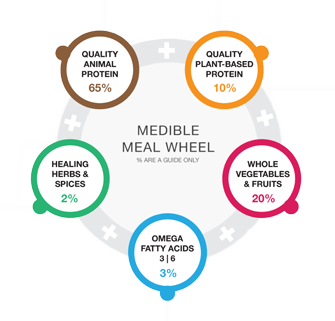It’s holiday season and there’s nothing better than putting your dog in the car, with some friends, toys and Eskies and heading to the beach, mountains or -insert your favourite holiday place here-. But! NRMA says some 5,000 dogs are injured in car accidents every year so please be safe! Here’s an article from the NRMA to keep us safe and happy. Happy Holidays! x
[tds-separator color=#333333 thickness=1 width=70%][tds-icon name=fa-paw size=”2x”][/tds-separator]
[tds-divider invisible thickness=10]
This is the article title text
Every year in Australia over 5000 dogs are injured in motor vehicle accidents. Whether it is a short or a long trip, making sure your pet is properly secured protects you, your pet and other passengers from serious injury.
As a vet, I have seen some serious injuries from falls and crashes where pets were not properly restrained. For example, a young pup taking its first trip on the back of a ute in the centre of Sydney fell off. Thankfully he escaped with only minor injuries and it was a great reminder that dogs should always be tethered on utes.
Inside the car, an unrestrained pet can form a very heavy and dangerous projectile. Even at low speeds of around 20km/h your pet could end up flying through the windscreen should you hit another vehicle. If you really want to scare yourself, check out this YouTube video showing some crash test doggies in simulated crashes designed to test some common car restraints.
[wpdevart_youtube width=”560″ height=”315″ autoplay=”1″ theme=”dark” loop_video=”0″ enable_fullscreen=”1″ show_related=”0″ show_popup=”1″ thumb_popup_width=”213″ thumb_popup_height=”128″ show_title=”0″ show_youtube_icon=”1″ show_annotations=”1″ show_progress_bar_color=”red” autohide_parameters=”1″ set_initial_volume=”false” initial_volume=”100″ disable_keyboard=”0″]_Y6f_-DQYg0[/wpdevart_youtube]
Firstly it is illegal in all states of Australia to have our pets sitting on our lap during the drive. We’ve all seen it, we may have even done it before, but there are so many reasons why this is dangerous. While I consider myself to be an excellent driver, accidents do happen and of course they are never my fault!
The other legalities of travelling with pets are state specific, but country-wide a pet must be properly restrained and not interfering with the driver’s ability to concentrate. Owners can also be fined under the Prevention of Cruelty to Animals Act if their animal is injured in an accident due to being improperly restrained.
So what sort of restraint should I use?
Pet-Seatbelts from petco.comThere are a number of different options available. Unfortunately not all of them set out to perform as they should.. If you are tethering using a seatbelt harness, check that it has been crash tested at a realistic speed, at least 35 km/h. If using a pet travel carrier ensure that it is very well secured as it can become a lethal object in a crash, with or without a pet inside. The best place for any pet or carrier is behind a cargo barrier in the rear of the vehicle. If this is not possible, secure the carrier with the seat belt around it.
Travel with cats and small furries
Cats and smaller creatures like ferrets and rodents should always be in a proper cat carrier in a vehicle. My favourite story to convince owners to ensure their cats are secure involves a tiny kitten that managed to escape its owner’s arms in a car and ended up hiding behind the steering wheel column. The car had to be taken apart to get the terrified kitten out. Cats love to hide so the best way to transport them is in a proper cat carrier behind a cargo barrier or with the seatbelt secured around it. Visit here to find some tips on how to safely and easily get your cat into the carrier.
Author Bio: With 7 years of small animal vet practice in Sydney, Dr. Eloise Bright from www.lovethatpet.com is an animal lover and advocate for all animals from baby birds to stray kittens. Chat with her and her dog, Duster and cat, Jimmy on Google+.






